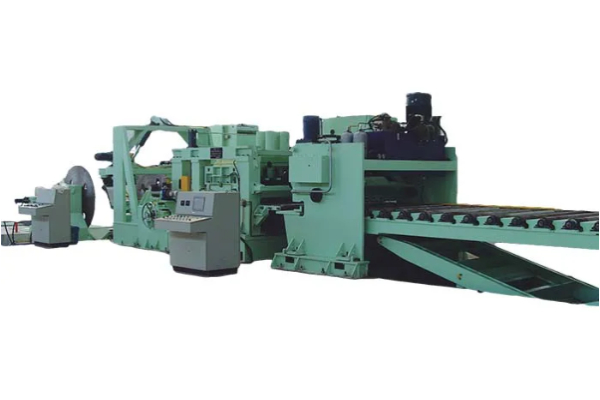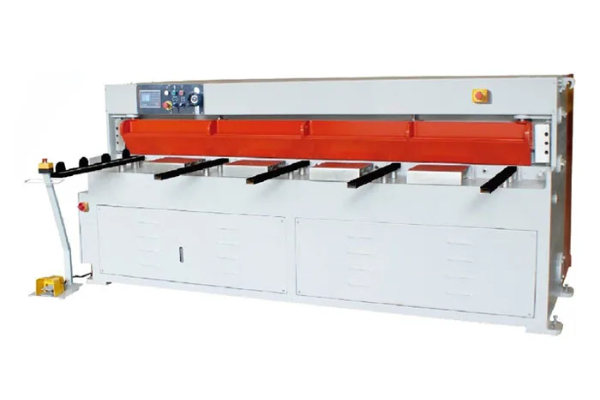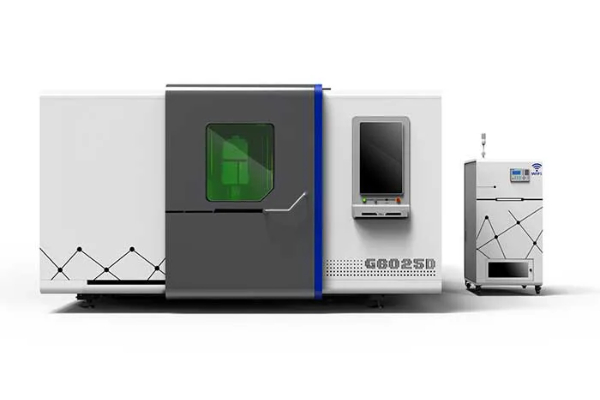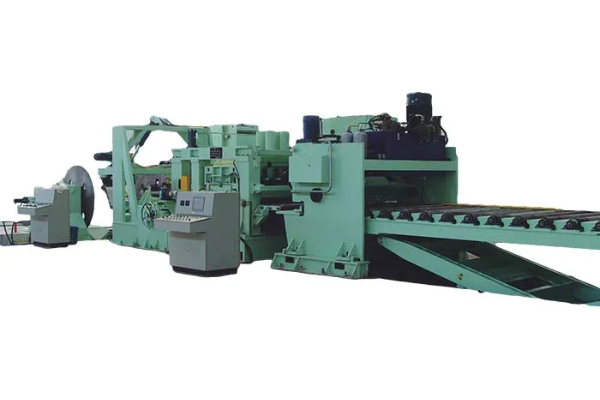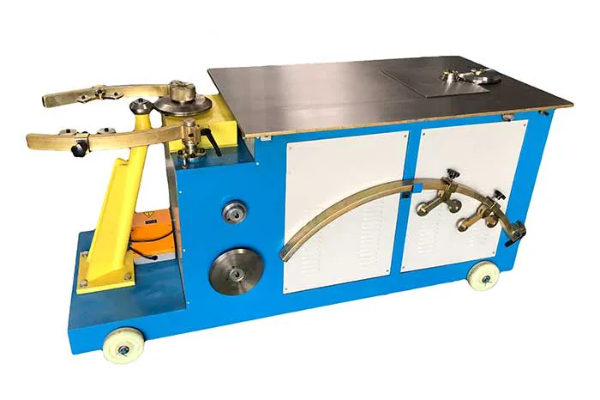
The Future of Metal Cutting- Exploring Advancements in Shearing Technology
- By:Metmac
- 2024-05-17
- 490
In the ever-evolving landscape of manufacturing, metal cutting stands as a cornerstone of industrial innovation. Shearing technology, a vital aspect of this process, has witnessed groundbreaking advancements, shaping the future of metalworking.
Laser Shearing: Precision at the Speed of Light
Laser shearing harnesses the power of concentrated light beams to slice through metal with unparalleled precision. By directing the laser’s energy precisely, manufacturers can achieve intricate cuts and complex shapes without material deformation or burrs. Its high-speed operation makes it ideal for mass production and high-volume applications.
Waterjet Shearing: Versatile and Environmentally Friendly
Waterjet shearing utilizes a high-pressure stream of water or an abrasive mixture to cut through metal. This technique offers several benefits. Unlike laser cutting, it does not produce harmful fumes or heat-affected zones. Additionally, waterjet shearing can handle a wide range of materials, including non-metals, making it highly versatile.
Plasma Shearing: Lightning-Fast and Cost-Effective
Plasma shearing utilizes a superheated, ionized gas (plasma) to sever metal. With its high cutting speeds and low operating costs, this technology is particularly well-suited for thick and heavy-gauge materials. Plasma shearing also offers greater flexibility, allowing manufacturers to adjust cutting parameters to optimize results for different applications.
Automation and Robotics: Smart Manufacturing
The integration of automation and robotics into shearing technology has led to significant productivity gains. CNC (Computer Numerical Control) machines enable precise programming and accurate cutting, reducing human error and increasing efficiency. Robotic arms, equipped with shearing tools, can perform complex operations with speed and repeatability, freeing up human workers for more value-added tasks.
Digital Twins and Predictive Analytics: The Future of Optimization
Digital twins and predictive analytics are revolutionizing shearing technology. By creating virtual simulations of shearing processes, manufacturers can optimize cutting parameters, minimize tool wear, and predict maintenance needs. This data-driven approach enables proactive decisions, reducing downtime and improving overall productivity.
Conclusion
Advancements in shearing technology are propelling the metal cutting industry into a new era of precision, efficiency, and innovation. From laser cutting to waterjet and plasma shearing, the future of metal cutting looks bright and promising. By embracing these advancements, manufacturers can unlock greater productivity, reduce costs, and achieve unparalleled results in shaping the future of metalworking.
-
Advanced Sheet Metal Rolling, Cutting, and Folding Machines for Efficient Fabrication
2025/10/22 -
High-Precision Sheet Metal Bending and Cutting Solutions for Modern Manufacturing
2025/10/22 -
High-Precision Solutions from Leading Sheet Metal Cutting Machine Manufacturers
2025/09/11 -
Reliable Sheet Metal Equipment for Sale to Support Precision Fabrication
2025/07/17
-
Advanced Sheet Metal Rolling, Laser Cutting, and Folding Machines for Precision Fabrication
2025/10/31 -
High-Performance Sheet Metal Bending and Cutting Machines for Modern Fabrication
2025/10/31 -
High-Quality Sheet Metal Equipment for Sale: Efficient Solutions for Modern Manufacturing
2025/10/31 -
High-Performance Sheet Metal Equipment for Sale: Forming and Shearing Solutions for Modern Fabrication
2025/10/22
-
A Guide to the Latest Innovations in Sheet Metal Folding Machines
2024/11/29 -
Key Features to Consider When Investing in a Sheet Metal Folding Machine
2024/11/28 -
Enhancing Precision with Advanced Sheet Metal Folding Machines
2024/11/27 -
How to Choose the Right Sheet Metal Folding Machine for Your Workshop
2024/11/26
